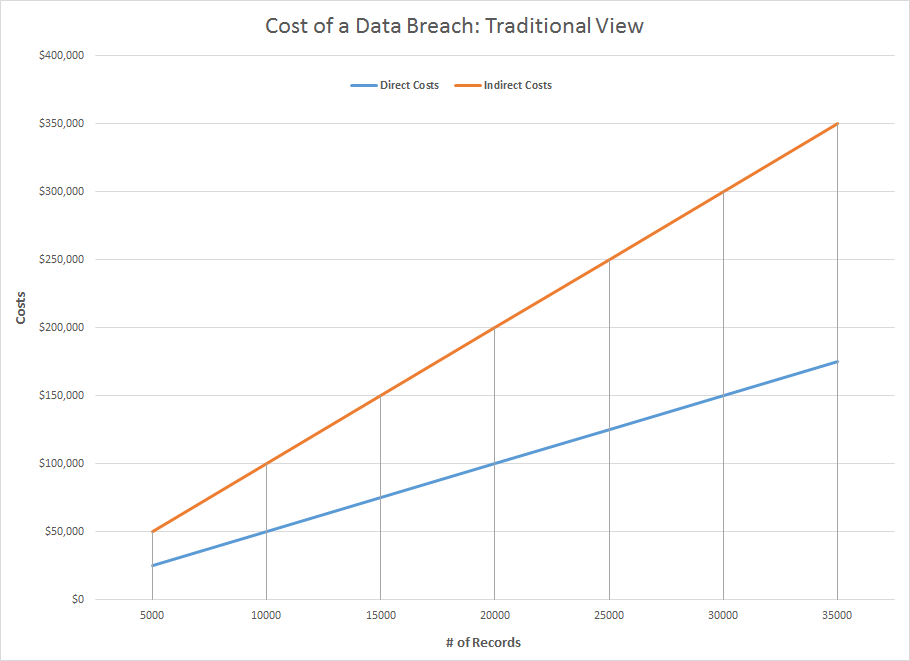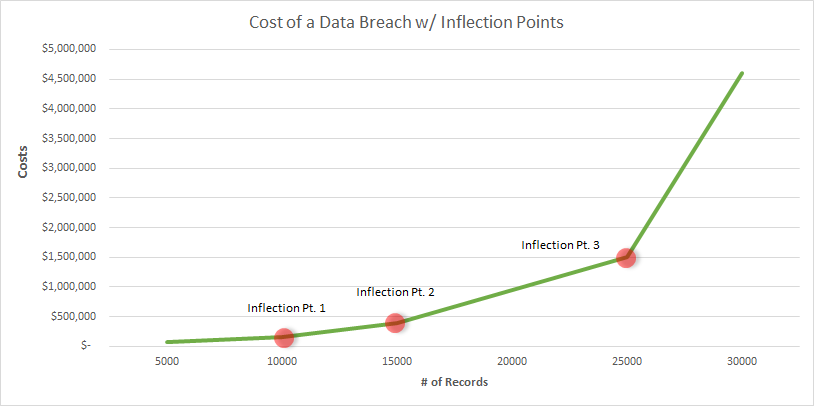APT Attacks on Mobile Rapidly Emerging
How does it change security when the label we have for a device no longer describes what it does?
That was a key question Mike Murray, vice president of security intelligence at Lookout, addressed last week at Interop ITX in Las Vegas, in a session on the evolving mobile threat landscape. The label: “Mobile phone.” Because, as Murray pointed out, the device that lets us make phone calls isn’t really a phone anymore.
“The phone is no longer a phone; it’s an electronic device that has access to every part of our digital lives. Unfortunately, we still think of it and protect it like it’s a Motorola flip-phone,” Murray said. And that gap between what the device does and how it’s protected has led to our current situation: “Mobile has become not just a target, but the primary target in the enterprise,” he said.
It’s becoming the point of entry for many attacks. Murray pointed to the 2018 Verizon Data Breach investigations Report, noting that phishing and smishing are examples of the social attacks that convince many users to click on malicious links or download infected software. Then a dropper installs, or the user clicks through and it installs, he said. “After that, they elevate privilege, install software, and perform espionage on the device,” Murray said.
Users’ willingness to download malicious software has led to the dawn of the mobile APT (advanced persistent threat) age, Murray said. He pointed to two specific organizations, NSO Group and Dark Caracal, that are carrying out ongoing campaigns for data gathering on mobile devices.
Focusing on these two groups shows the breadth of the type of actors involved in mobile APT campaigns, Murray said. NSO Group is a $500 million per year software “arms dealer” based in Israel, while Dark Caracal is different. “Initially it looked like a couple of 18-year-old students had written the software,” he said. “When they looked at the targets, though, they found targets in 38 countries. When they looked at the data stolen, they found massive amounts of information that was taken.”
Both, though, show that mobile APT is evolving very differently than APT on PCs. “In the beginning, the PC attackers were not very good. The people attacking mobile devices are very, very good,” Murray said, meaning that defenders have much less time to learn from the attackers and build defenses than they did in the dawn of the PC APT wars.
The, key, he explained, is that mobile defenders don’t have the luxury of waiting for an attack before they build a defense. “We don’t get to be organic in the mobile world,” Murray said. “We have to think about where the threats and vulnerabilities are, and what can be done to turn them into actual attacks.”
Related Content:
- Kaspersky Lab Discovers ZooPark, an Android-based Malware Campaign
- Stopping Cyber Madness: Why the Private Sector Must Lead the Fight
- Report: Macro-less Word Document Attacks on the Rise, Zero Day Malware Variants Jump 167 Percent
- 8 Nation-State Hacking Groups to Watch in 2018
Curtis Franklin Jr. is Senior Editor at Dark Reading. In this role he focuses on product and technology coverage for the publication. In addition he works on audio and video programming for Dark Reading and contributes to activities at Interop ITX, Black Hat, INsecurity, and … View Full Bio
Article source: https://www.darkreading.com/threat-intelligence/apt-attacks-on-mobile-rapidly-emerging/d/d-id/1331746?_mc=rss_x_drr_edt_aud_dr_x_x-rss-simple



